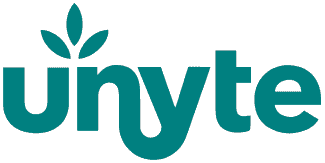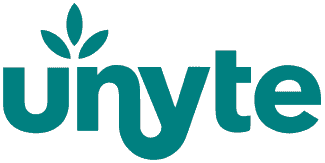- After OT (in a multi-disciplinary clinic): Many SLPs working with OTs will begin using iLs after their OT colleague has completed the first phase of combining iLs with occupational therapy, which may vary from 10-30 sessions. This lays the foundation (i.e. improved attention, regulation and sensory processing) for the SLPs to use iLs’ VoicePro.
- Simultaneously with speech therapy: Speech-Language Pathologists use traditional speech language therapy simultaneous to iLs’ receptive phase to address auditory processing, literacy, language, voice and cognitive-linguistic deficits. In this process, the client is wearing headphones, listening to iLs’ receptive language programs at a low volume while working with the therapist. Sessions are the same length as the speech therapy session.
- Expressive language exercises: Once a client has been re-introduced to language range frequencies through the receptive phase, each session can be split up to incorporate a receptive and expressive component. The receptive component is described in the bullet above; the expressive component, iLs’ VoicePro, involves the use of a microphone and headphones for the purpose of working on voice quality, auditory memory and auditory processing-related skills. The VoicePro worksheet is utilized as a screening to gather baseline data and to record improvement. Weak areas are targeted in both pre- recorded activities (i.e. using pre-recorded language exercises from the VoicePro i-Pod) and a natural approach (i.e. using stimuli guided by interactions between the client and therapist).
- Supplementary home program: Many Speech-Language Pathologists recommend an iLs home program for clients who are able to utilize activities from the iLs Playbook – balance, visual, proprioceptive, etc. – on their own, simultaneous to the clinic program. Playbook activities help reduce stress, improve self-regulation, attention, sensory processing, etc., which makes any client more receptive to speech therapy. Note: the iLs Playbook is not a treatment modality; it is used by Speech-Language Pathologists to supplement brain/body integration during home programs.
How do I integrate iLs into my speech practice?
How do I integrate iLs into my speech practice?
Recent Posts



 © 2025 Unyte Health US Inc.
© 2025 Unyte Health US Inc.